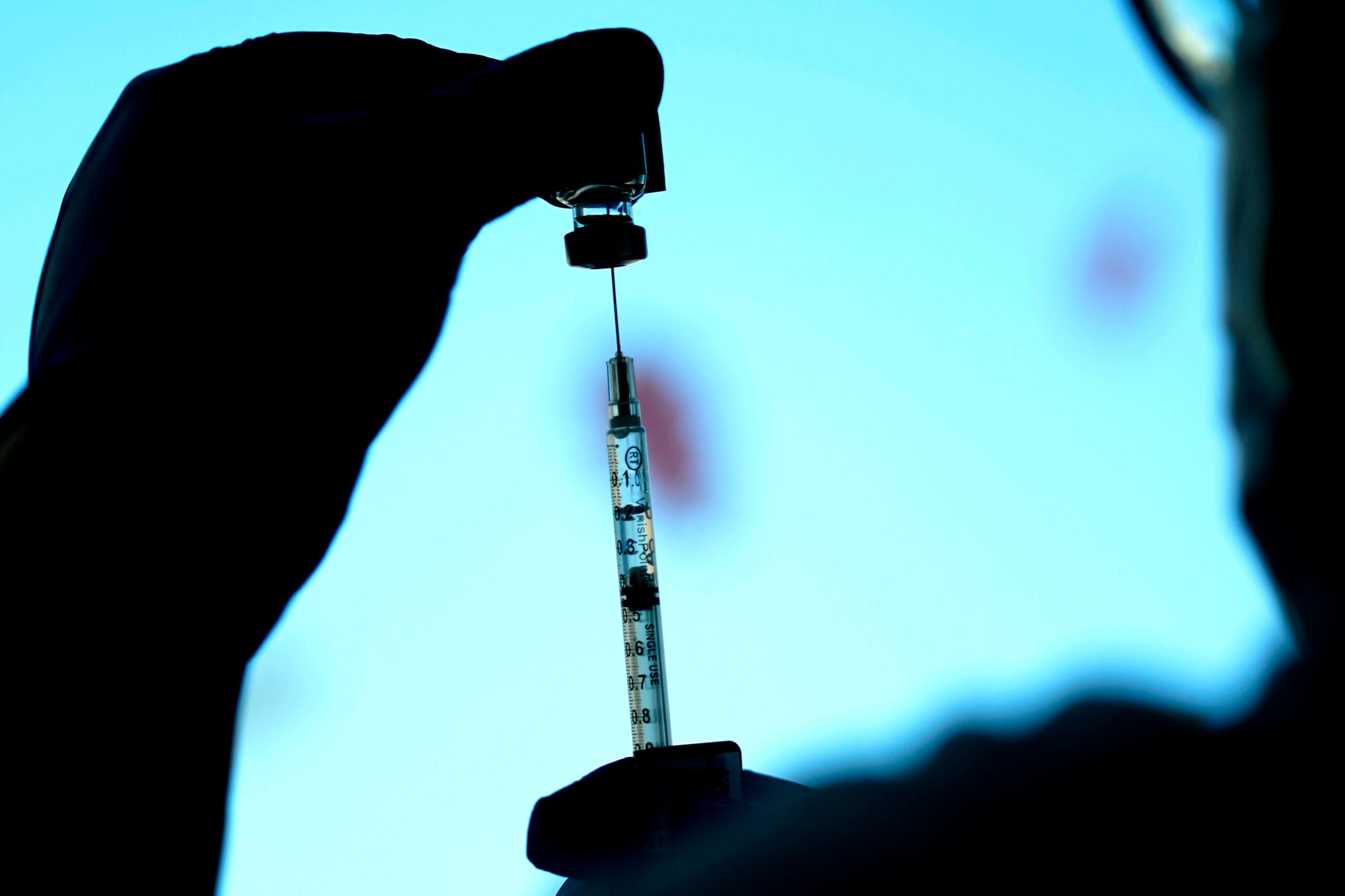Will the Supreme Court take up the denial of religious exemptions for unvaccinated schoolchildren?
(RNS) — Two years ago, Connecticut enacted a law eliminating religious exemptions for unvaccinated children to attend public and private schools. Unsurprisingly, the law was challenged as a violation of the First Amendment’s guarantee of religious free exercise.
Last year, a federal judge dismissed the challenge, and last week, a federal appeals court upheld the dismissal. Unsurprisingly, the plaintiffs said they’d take the case to the U.S. Supreme Court, and given the court’s current commitment to upholding free exercise claims, odds are we’ll see it on next year’s docket.
So let’s review the situation.
Way back in 1905 the Supreme Court decided that states could mandate vaccinations over religious objections, but in the course of the 20th century, Connecticut, like most other states, permitted schoolchildren to be exempted from vaccination mandates on religious as well as medical grounds.
In recent years, however, the number of religious exemptions has increased dramatically, thanks to the rise of the anti-vax movement. Before Connecticut’s new law went into effect, there were 10 times as many schoolchildren with religious exemptions as with medical ones.
Why? Well, it’s pretty clear that anti-vaxxers whose children cannot obtain a medical exemption have had recourse to religion — some would say as a pretext. After Vermont in 2016 eliminated exemptions based on “personal belief” as distinct from religion, the number of religious exemptions increased sevenfold.
The public health problem is that, according to the federal Centers for Disease Control and Prevention, maintaining community immunity requires at least 95% of students to be immunized. In the 2019-20 school year, over one-fifth of the 544 Connecticut schools enrolling at least 30 kindergartners had MMR (measles-mumps-rubella) vaccination rates below 95%, and 26 schools had rates below 90%.

A dose of a Pfizer COVID-19 vaccine is prepared at Lurie Children’s hospital, Nov. 5, 2021, in Chicago. (AP Photo/Nam Y. Huh, File)
Connecticut thus joined California, New York and Maine in doing away with its religious exemption. A panel of the 2nd Circuit Court of Appeals ruled 2-1 that the state was within its rights to do so.
Hewing to the free exercise jurisprudence stemming from Employment Division v. Smith (1990), the court held that Public Act 21-6 is both neutral and generally applicable. Importantly, the state’s General Assembly, far from displaying an animus against religion, made special provisions accommodating it — for example, by permitting students with religious exemptions to retain them after the law went into effect.
“At bottom,” the ruling declares, “plaintiffs’ argument that the Act is not neutral under Smith boils down to the proposition that repealing any existing religious exemption is hostile to religion per se.”
Under Smith, a state need only show that there is a “rational basis” for a law that is being challenged as a free exercise violation. The dissenting judge did not contest Public Act 21-6’s rational basis, nor did he disagree with the majority’s dismissal of the plaintiffs’ claim that religious and medical exemptions are comparable. Granting medical exemptions and eliminating religious ones are both intended to protect health.
Rather, the dissent contended:
[W]hile preventing unvaccinated students with religious objections from attending school to avoid the spread of disease among students, Connecticut has done nothing to address the reality that those same unvaccinated students may continue to interact with other children and the general public in numerous places outside the school setting including, for example, community sports leagues, religious gatherings, and social gatherings of all types. Nor does
Connecticut deal with the fact that students will also continue to interact with unvaccinated adults, as the State does not regulate vaccination requirements for adults.
It seems that the dissenter would have found wanting any law which did not impose a strict quarantine on all unvaccinated schoolchildren. He then could have found that there was an insufficiently rational basis for such a quarantine.
For its part, the Supreme Court could follow the dissenter’s lead and — as it did in its COVID-era in-person church attendance rulings — point to nonschool settings where the state does not exclude unvaccinated children. Or it could put the Smith decision out of its misery and instate a regime of “strict scrutiny” sufficient to enable it to reject a state’s justification for denying religious exemptions for unvaccinated schoolchildren.
The point is that where there’s a will to get a judicial result, there’s a jurisprudential way to get there. How willful SCOTUS now is when it comes to free exercise has yet to be determined.
This article has been archived for your research. The original version from Google News can be found here.


